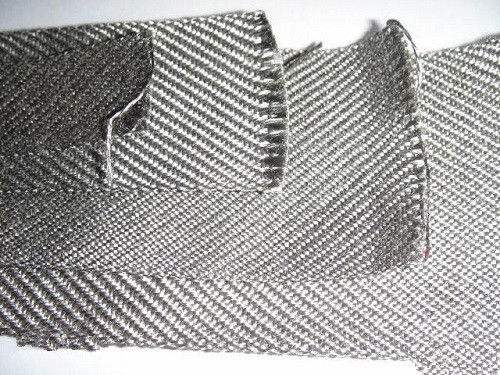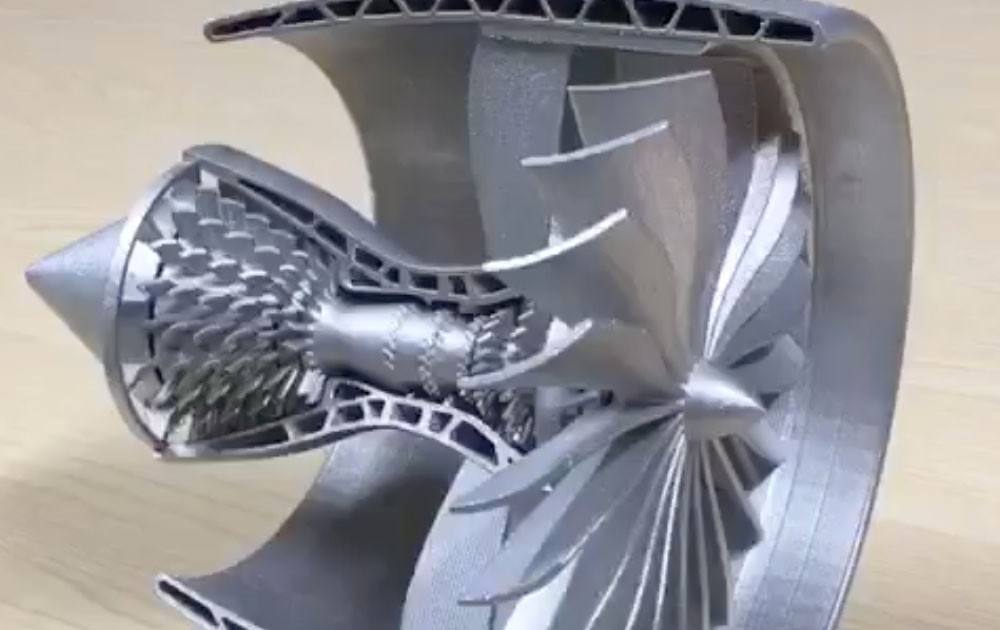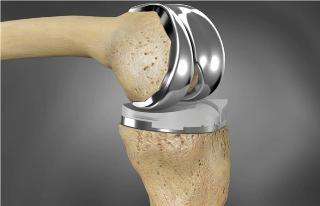
The metal fiber can be prepared by a drawing method, a spinning method, a cutting method, a grinding method, a plated metal sintering method, or the like.
1) Drawing methodOrdinary single-line drawing can obtain extremely fine fibers, and the cross-sectional shape and surface state can be optimally achieved, and the surface is smooth and the size is accurate. However, the production efficiency is low and the mold cost is high, so the price is very expensive. By using the method of bundle drawing, the drawing is carried out through dozens or even hundreds of lines on one mold at the same time, which greatly improves the production efficiency and reduces the cost. The bundle drawing is to pull the raw metal wire in the sheath (such as copper sleeve), repeatedly, and then add an annealing process in the middle. After reaching a certain diameter, cut into segments, put together, and then continue to install in the wrapping material. Pull until the desired fiber diameter is obtained. The jacket material can be dissolved with an acid such as nitric acid to give the desired metal fiber.
2) Spinning method
The spinning process produces metal fibers directly from liquid metal at a lower cost, but requires specialized equipment. If the metal is melted, the melt is discharged from the small hole in the bottom of the vessel by mechanical force or gas pressure, and solidified in an appropriate atmosphere. After the molten metal flows out of the fine enthalpy L, just after solidification, the bonding force between the metal fiber grains is weak and has "hot brittleness", so that a small force can cut the metal fiber into short fibers. Therefore, by adding a certain shear force to the descending metal fiber, a short length of metal short fiber can be obtained. The shearing force can be generated by means of a metal plate impact inclined to the metal fiber. The method for preparing metal fiber is simple in process, fast in speed, free from oil, water and the like, and has no residual stress.
3) Cutting method
The cutting method uses solid metal as a raw material and cuts into lint with a cutter. The method is simple, the production cycle is short, and the cost is low, but it is difficult to obtain a fiber having a uniform and smooth cross section, and is mainly used for producing short metal fibers.
4) Grinding method
The metal is ground on a grinding machine equipped with an abrasive (high hardness material), and the desired diameter of the metal fiber can be obtained by the amount of biting, the adjustment of the feed amount, and the selection of the abrasive grain size on the grinding machine. The thickness of the metal fiber is affected by many factors. For example, the larger the feed amount, the finer the obtained metal fiber, and the coarser the abrasive grain size, the thicker the obtained metal fiber. In this way, fine nickel or nickel alloy wires and tough metal fibers such as nickel-iron alloy can be obtained.
5) Plating metal sintering method
Metal electroless plating, vacuum evaporation, and metal slurry infiltration on the organic fiber, or electroplating the surface of the organic fiber, electroplating, and then pyrolyzing the organic matter in a reducing atmosphere and sintering, or burning in the atmosphere ( Or pyrolysis) organic matter, followed by reduction annealing to remove oxides, to obtain hollow metal fibers.
6) Other methods
Metal powder or metal oxide plus organic binder is prepared into a slurry, extruded into fibers from a microporous spinneret, and after being removed at a high temperature, sintered in a reducing atmosphere or directly in a reducing atmosphere Metal fibers can also be obtained by removing the binder. Further, if Ni(OH) 2 powder is used with a binder and a paste, it is extruded into a fiber, and then subjected to reduction sintering to obtain fiber nickel.





